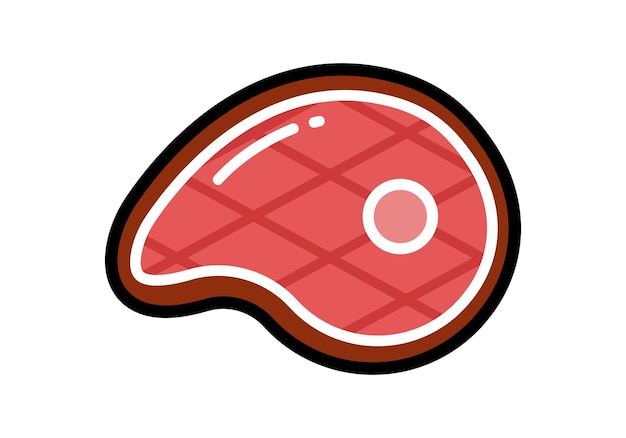Let’s demystify the world of meat! This is your go-to guide to understanding different cuts of meat, including beef, pork, and chicken. When you know your way around meat, you can cook more confidently, save money, and consistently create mouthwatering meals.
Imagine you’re in your kitchen, and you’re about to cook some meat. It might feel a bit daunting at first, but trust me, the results are totally worth it! Picture a tender London broil, a succulent pork roast, or crispy chicken drumsticks. Sounds delicious, right? Well, it all starts with understanding your meat.
Knowing your cuts of meat can be a real game-changer. It can help you make smarter choices at the grocery store, especially when there’s a sale. You’ll also be able to maximize the flavor of your meals by choosing the right cuts and cooking them properly. It’s all about cooking with confidence!
Why should you bother knowing the different cuts of meat? Well, it’s like having a secret weapon in the kitchen. Each cut cooks differently and has varying amounts of flavor. Picking the right one can make your dish stand out. Plus, you’ll shop smarter and save money without compromising on taste. Ready to feel like a culinary expert? Let’s dive in!
Let’s start with beef. There are several main cuts, each with its unique characteristics:
- Chuck: Comes from the shoulder area and is perfect for ground beef and slow-cooked dishes.
- Rib: These juicy cuts are ideal for grilling or roasting.
- Loin: Located between the ribs and hind legs, it’s divided into short loin and sirloin, each with a different flavor profile.
- Round: These lean cuts are great for roasting or braising after marinating.
- Flank: A lean cut that’s perfect for grilling and stir-fries.
- Plate (Short Plate): These cuts need longer cooking times but are flavorful.
- Brisket: It’s best for slow cooking as it becomes incredibly tender and flavorful.
- Shank: Ideal for stews and braising, yielding rich, comforting dishes.
Now, on to chicken. Here are the main cuts:
- Breast: Lean, white meat that’s extremely versatile.
- Thighs: Fatty, dark meat with more flavor than the breast.
- Drumstick (Leg): Dark, flavorful meat that’s great for frying or baking.
- Wings: Dark, flavorful, and easy to cook.
Let’s not forget about pork. Here are the main cuts:
- Leg: Best cooked low and slow for a flavorful result.
- Loin: Has the most tender cuts.
- Shoulder: High in fat and great for low and slow cooking.
- Belly: Very fatty cuts that are best when some fat is rendered down.
Marinating your meat can enhance its flavor, add moisture, and tenderize it. Bone-in is often the way to go as it helps keep the meat juicy and tender, adds flavor, and is less expensive. Plus, it holds its shape better while cooking.
Lastly, knowing your meat cuts can help you plan meals based on weekly sales. You can swap pricier cuts with more affordable ones without sacrificing taste. For instance, chicken thighs are a flavorful and budget-friendly alternative to pricier breasts.
Remember to cook your meat at safe temperatures. Chicken should be cooked to an internal temperature of 165°F (74°C), beef to 140-160°F (60-71°C), and pork to 145°F (63°C).
Now that you are armed with this knowledge, you’re ready to cook up some impressive dishes every time. Happy cooking!

